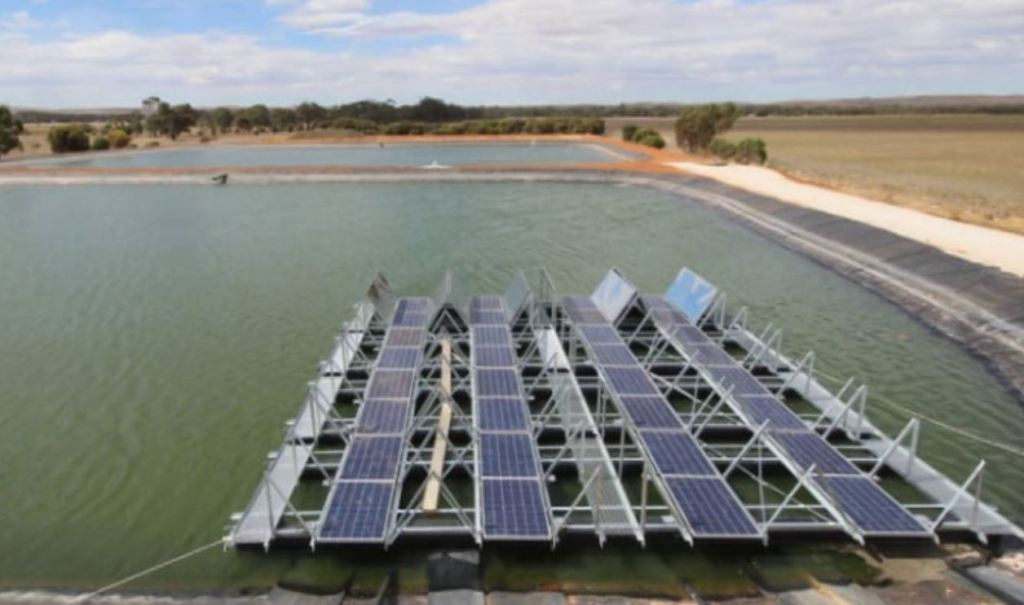Floating Solar
International Outlook
Floatovoltaics is the name given to the floating solar plants that have started to pop up all over the globe—Japan, the UK, Brazil, the U.S. and Australia. This type of system is relatively new, but seems to gain popularity. It’s easy to understand why, the floatovoltaics preserve land, while minimizing the aesthetic impact. Kyocera TCL […]
